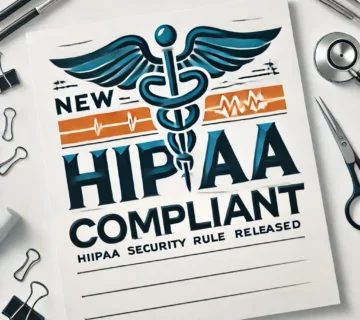
New HIPAA Security Rule Updates Strengthen Cybersecurity for Healthcare Data
The Office for Civil Rights (OCR) has proposed significant updates to the HIPAA Security Rule to strengthen the protection of electronic protected health information (ePHI). These updates mandate enhanced security measures, including encryption, multi-factor authentication, and regular audits. The proposed changes aim to modernize compliance standards and improve the healthcare industry's resilience against cyberattacks. A public comment period is open for feedback, after which final implementation timelines will be announced. The changes affect covered entities and their business associates, requiring them to update their cybersecurity practices to meet the new requirements. These updates aim to create a more robust and detailed cybersecurity framework for the healthcare sector. ... Read More